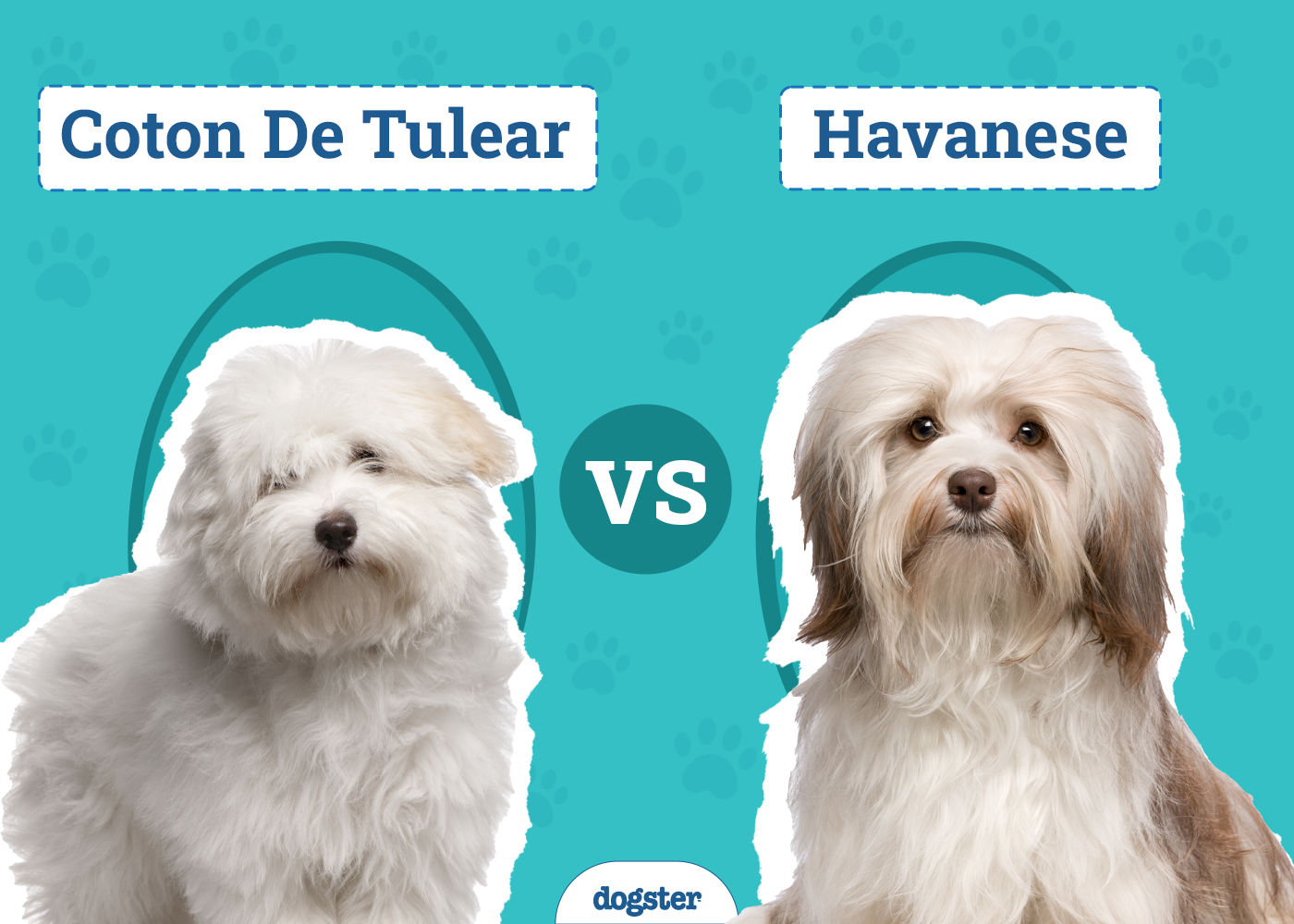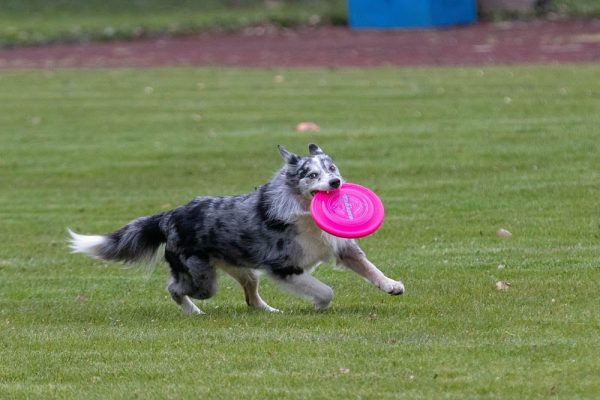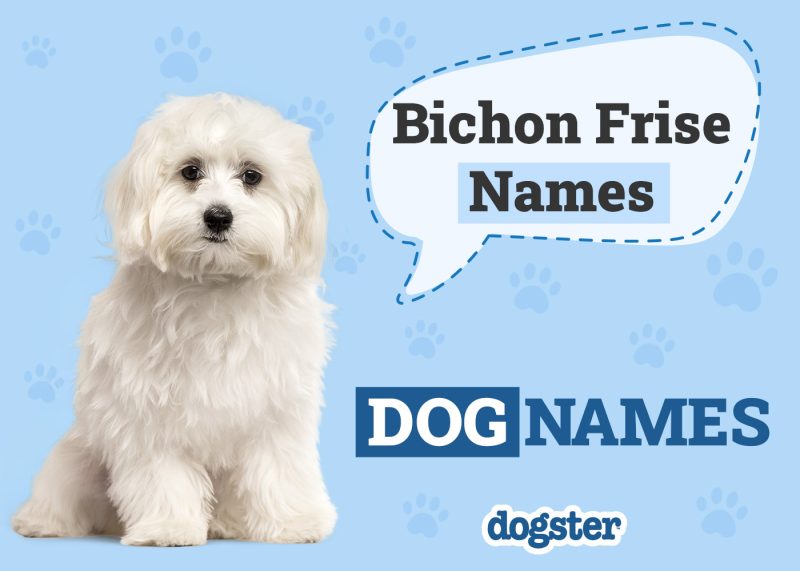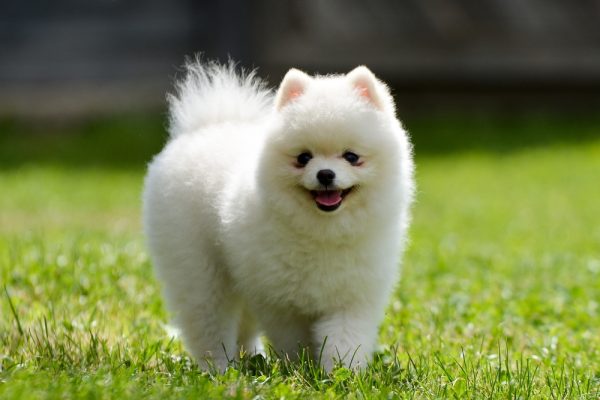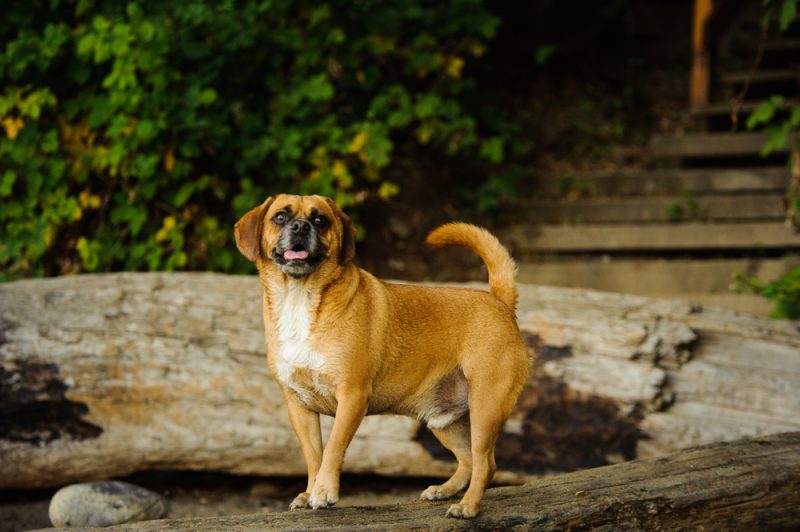In this article
View 3 More +At first glance, it may be difficult to distinguish between the Coton De Tulear and the Havanese. A host of other small fluffy dogs look like them as well, including the Maltese, and there’s a solid reason for the similarity between these two breeds. It’s believed that both of these breeds descended from the same ancestor, the Bichon. Even so, the breed standards reveal a few key differences between the Coton De Tulear and the Havanese which may make one of the breeds a better choice for you. So if you’re trying to decide between these two breeds, we’ll tell you everything you need to know to help you decide which one is right.

Coton De Tulear vs Havanese: Visual Differences
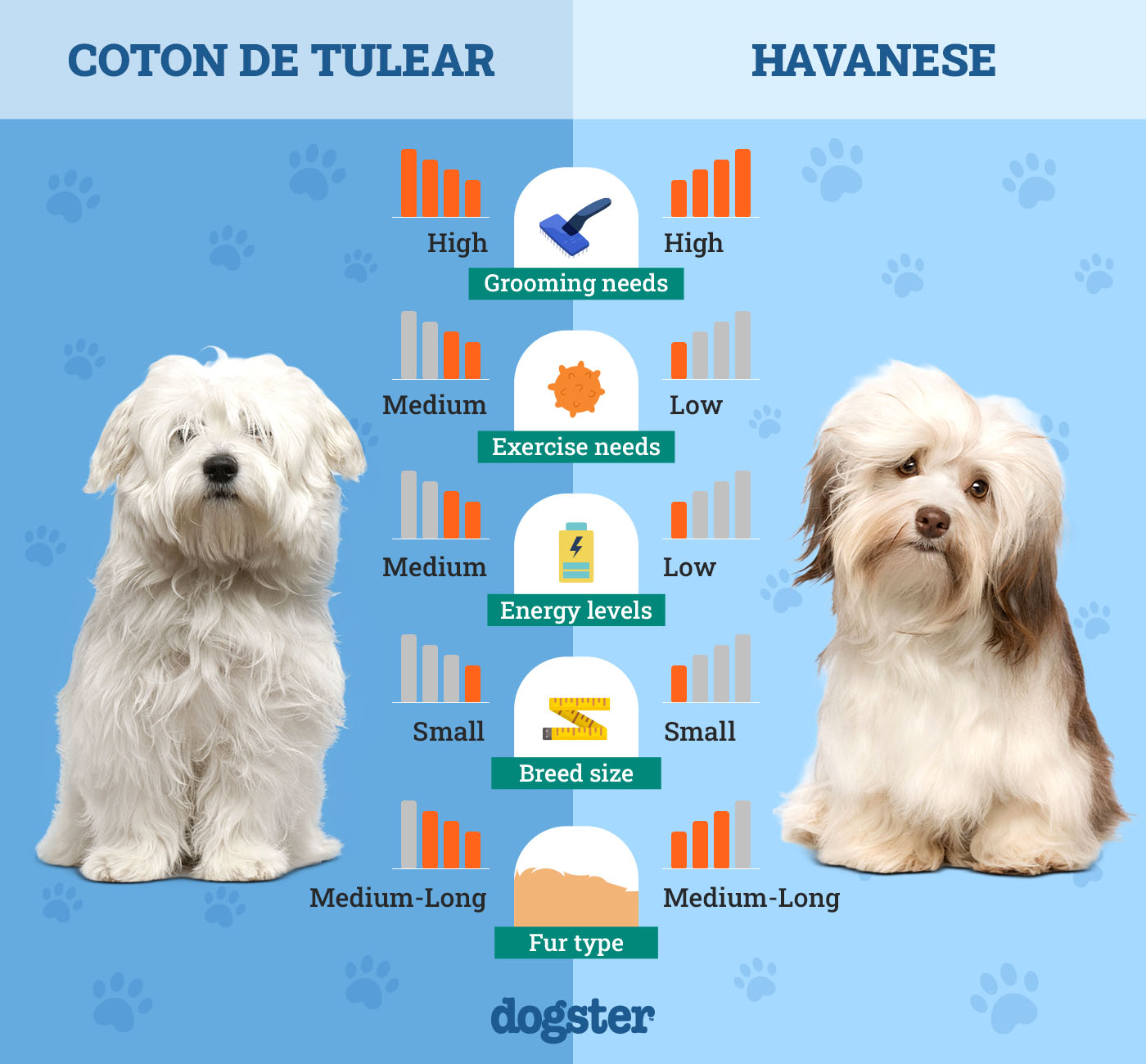
At a Glance
- Average height (adult): 9–11 inches
- Average weight (adult): 8–15 pounds
- Lifespan: 15–19 years
- Exercise: 30 minutes to 1 hour a day
- Grooming needs: Daily
- Family-friendly: Yes
- Other pet-friendly: Usually
- Trainability: Clever, likes to perform tricks
- Average height (adult): 5–11.5 inches
- Average weight (adult): 7–13 pounds
- Lifespan: 14–16 years
- Exercise: At least 45 minutes to 1 hour a day
- Grooming needs: Daily
- Family-friendly: Yes
- Other pet-friendly: Usually
- Trainability: Intelligent, bright, eager to please

Coton De Tulear Overview

History
Pronounced “KO-Tone Dih TOO-Lay-ARE,” this dog is known as the Royal Dog of Madagascar. Their history sounds a little like a fable, but it’s remarkably true. Wild packs of Coton De Tulears fended for themselves on the Island of Madagascar until the local villages rescued them and put them in the arms of kings. While no one knows exactly how these small dogs arrived on the island, it’s assumed that they were merchandise from a shipwrecked vessel since companion dogs had a high trade value.
After they achieved their royal status, the Coton De Tulear reigned in Madagascar as a well-kept secret until they were discovered by French tourists during the 1960s. These tourists noted that their long, fluffy double coat resembled bales of “coton” or “cotton,” hence their name. They quickly became popular in the Western world as they were imported to Europe and beyond.
Appearance
Unlike the Havanese, which can boast a coat of many colors, the Coton De Tulear is only white or black. Multicolor markings are acceptable in limited colors. The relatively slim choices of color result from the limited breeding stock as these dogs were contained in Madagascar in isolation from other breeds from hundreds of years. However, they appear to have been carefully bred and have relatively few known health conditions. Their life expectancy averages 16–19 years, which is well above average and even boasts a couple more years than the Havanese.
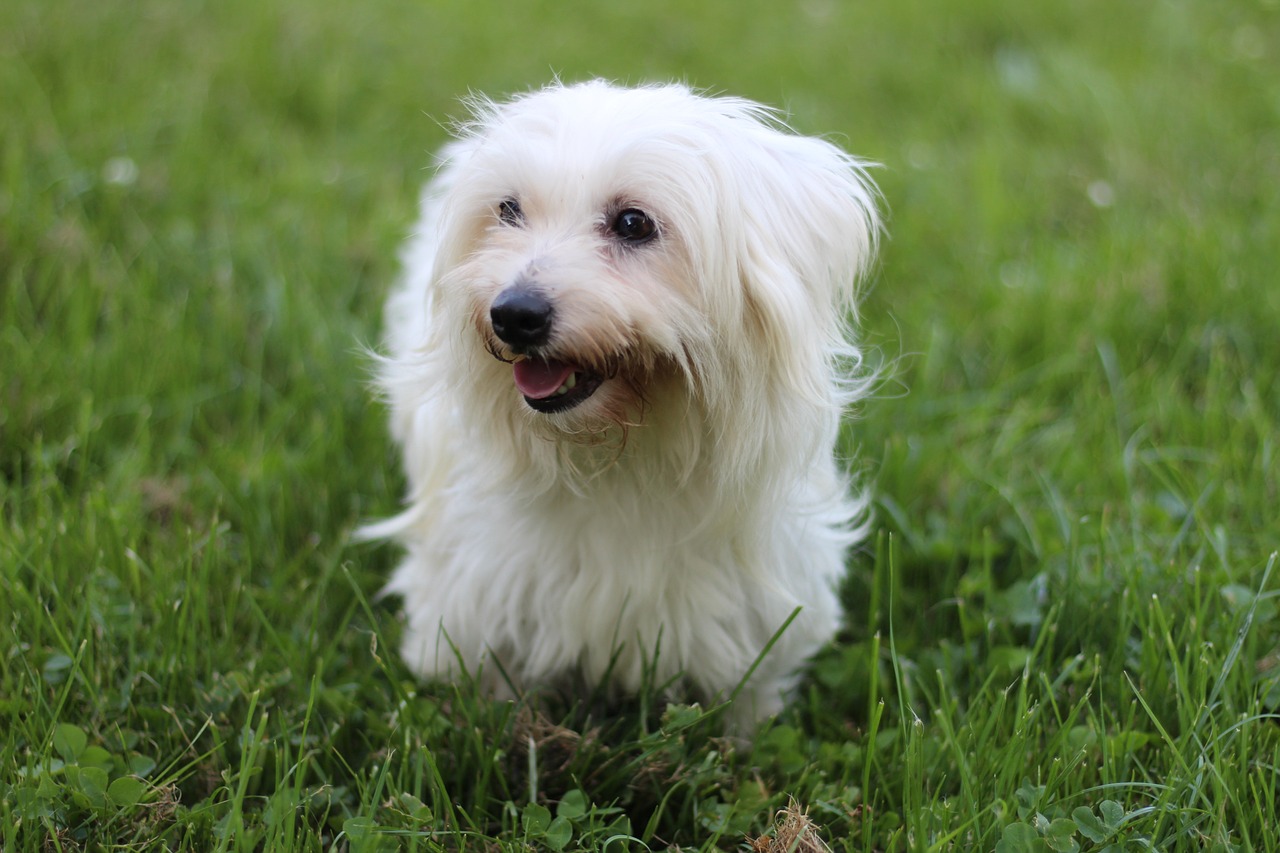
Personality
The Coton De Tulear is generally an amiable creature who loves children, people, and other animals. Early socialization is critical though in order to guarantee good behavior around strangers. Otherwise, their aristocratic airs may take over and they may bark or act defensive around people they don’t know. Intelligent and cute, the Coton De Tulear has been known to entertain their pet parents by dancing on 2 feet and are quick to learn tricks.
Exercise
The great thing about small dogs is that they’re good for busy lifestyles, since they don’t require a lot of exercise. Coton De Tulears can get by with a minimum of only 30 minutes of exercise per day, but benefit most with a little more. This can be something as simple as a walk or a game of fetch until your dog gets tired. Just don’t overwork them, as small dogs tire more quickly. Your dog will let you know when it’s time to stop.
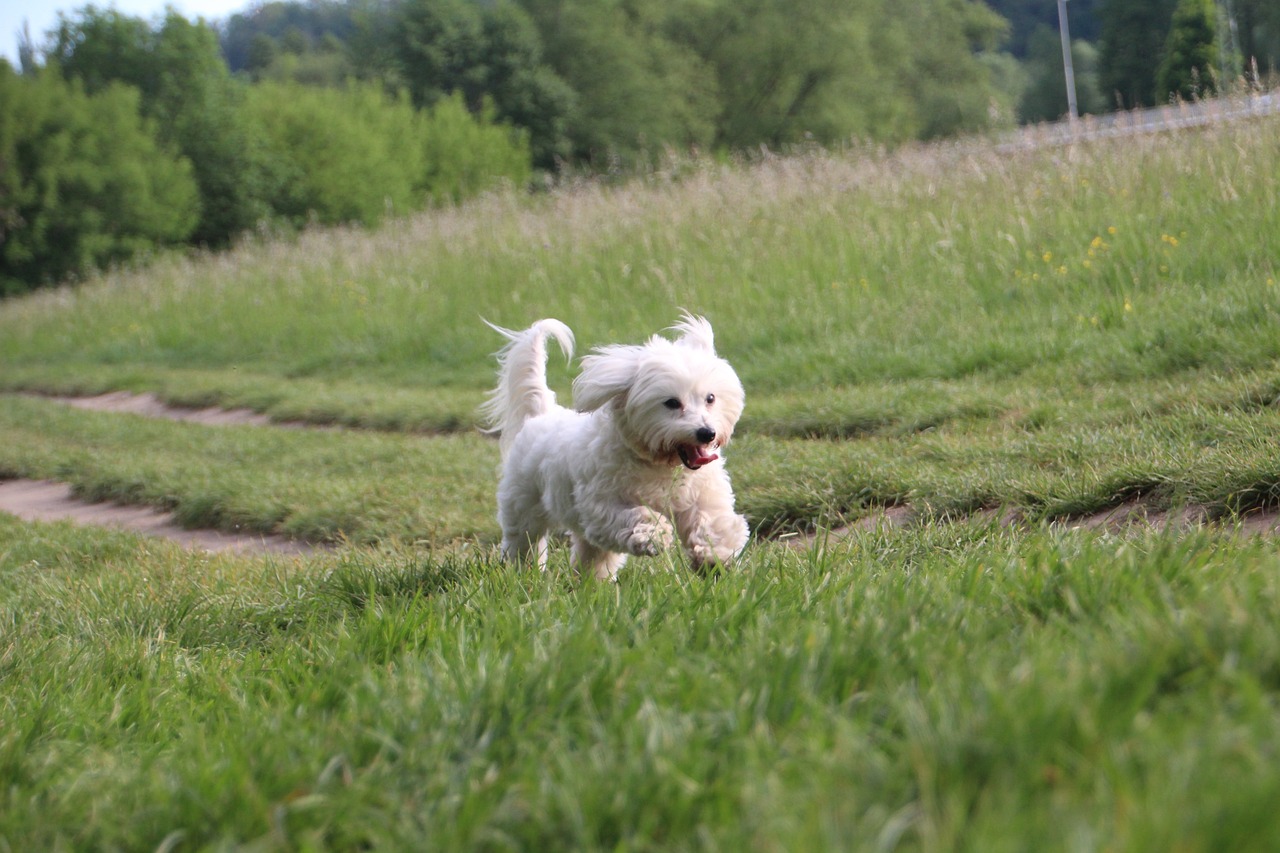
Suitable for:
Since they easily get along with people and other animals, the Coton De Tulear is an excellent choice for a family dog. Although they’re fairly energetic, they don’t require more than 30 minutes to an hour of exercise daily, making them a good choice for busy families. However, their long double coat needs daily brushing to prevent tangles. Being a member of the Madagascan nobility is no longer required for ownership, but acquiring a Coton De Tulear does require a pretty substantial investment upfront. They’re still a relatively rare breed and can easily cost between $2,000 and $3,000 from a reputable breeder.

Havanese Overview

History
Hailing from Havana, the Havanese is the only dog breed that originated from Cuba. Their ancestor was the Bichon, who arrived with the Spanish during the 1500s. For nearly 500 years, the Havanese enjoyed their role as the choice companion for the upper classes. They were bred in seclusion, and the western world didn’t really know about them until the 1800s, when whispers of the “Spanish Silk Poodle” began to spread in Europe. However, their arrival to the United States occurred much later. Eleven Havanese dogs fled with their owners during the Cuban Revolution in the 1950s. Together these dogs formed the entire breeding stock for the Havanese that are in our country today.
Appearance
Like the Coton De Tulear, the Havanese is usually depicted as a long haired, white dog. However, their breed standard allows many different colors and markings, including blue, cream, sable, black, and red. They’re usually a couple of pounds lighter than the Coton De Tulear. Otherwise, they’re around the same size.
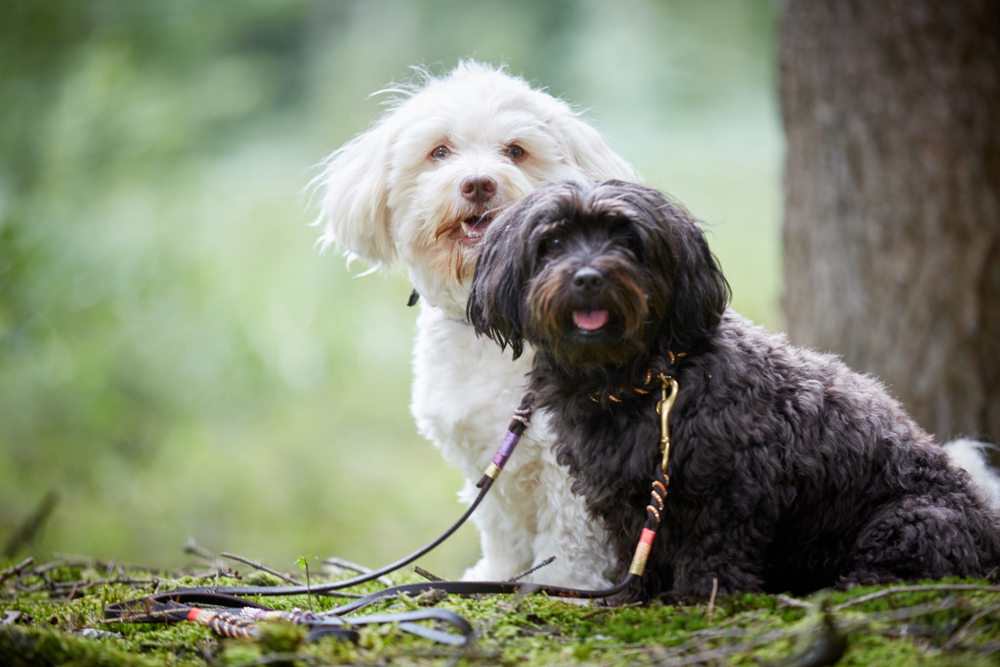
Personality
The Havanese charms their owners with their friendliness and intelligence. They’re always up to learn new tricks as long as they’re wherever you are. Truly happy dogs, the Havanese usually eagerly receive new guests just as warmly as they’d greet their owners. They may be a little more yappy than the somewhat quiet Coton De Tulear, however, who usually barks only to alert.
Exercise
The Havanese possesses a lot of energy and needs a little more exercise than the Coton De Tulear. You should plan on spending about 45 minutes to 1 hour each day walking these little dogs. And don’t worry about the heat. The Havanese is surprisingly well adapted after their many years in Cuba, and it’s believed that their long silky coat actually shields them from the sun. Still, you should always make sure your Havanese stays hydrated to prevent heat stroke, especially during the summer.

Suitable for:
In many ways, the Havanese is very similar to the Coton De Tulear. They’re available in a broader range of colors, which is something to consider if you have your heart set on a particular shade. The Havanese is also a more attainable family dog since they aren’t as rare. While they’re still expensive, they cost around $1,000 less than the Coton De Tulear on average. They’re also slightly more active, which can be a desirable trait if you’re seeking an exercise partner.

Coton De Tulear vs Havanese: Which Breed Is Right for You
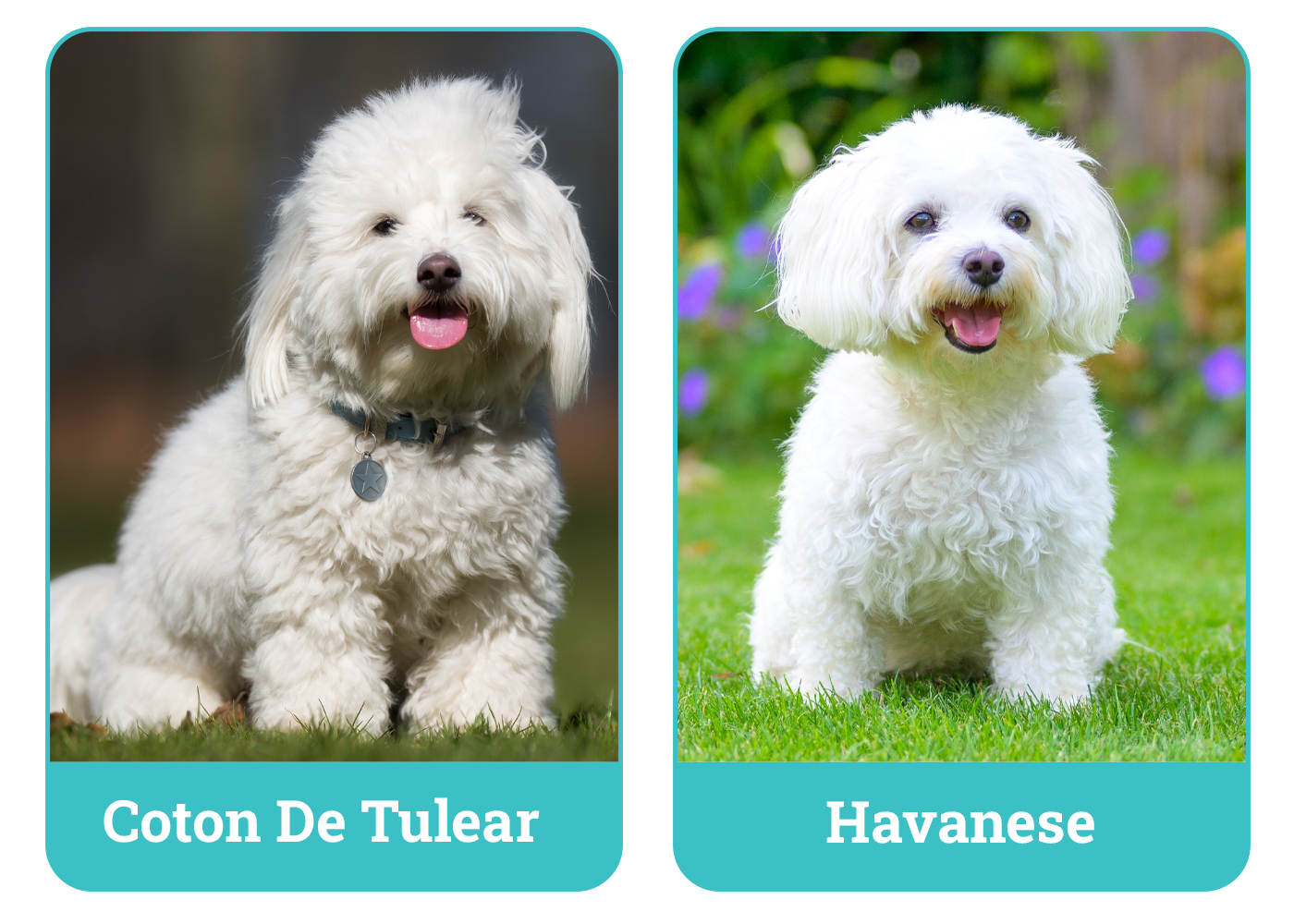
As aristocratic descendants of the Bichon, the Coton De Tulear and the Havanese possess similar features and share common backstories. Today, both are enjoyed as companion animals in the United States. Their differences are few, such as the wider range of coat colors found in the Havanese breed standard and the slightly longer life expectancy of the Coton De Tulear. Unfortunately, they also do not fetch comparable prices. You’ll pay around $2,000 or $3,000 for a well-bred Coton De Tulear, as opposed to between $1,000 and $1,500 for a Havanese. Hopefully, these comparisons will help you decide which breed is the most suitable fit for you. Although we may never achieve royal status, these little dogs can make us feel like kings and queens every day.
See also;
Featured Image Credit: Top – Coton De Tulear (chica_de_tulear, Pixabay) | Bottom – Havanese (Martin Erdniss, Shutterstock)
